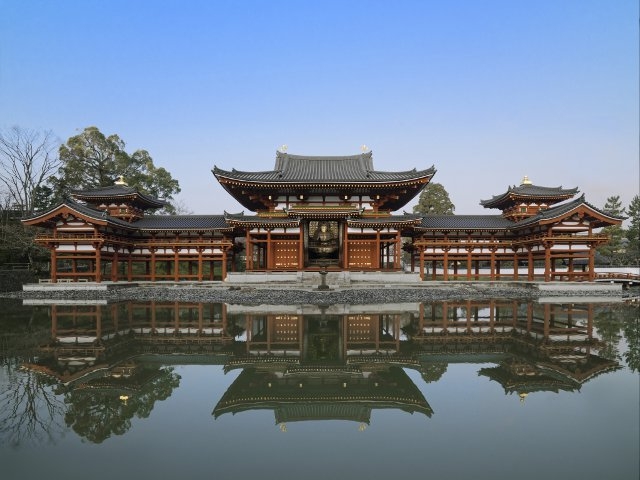
The Hou-dou of Byodo-in is officially called Amida-dou, but it has come to be called so because the phoenix on the roof, and the architecture, with both wings and tail extended, also seems to have spread its wings by birds. The inside of the temple is also gorgeous, and the Buddha statues and murals are all national treasures. The main temple, Amitabha, is said to be the finest masterpiece of the Buddhist priest, Jyocho, and a canopy with elaborate decorations is also a must.
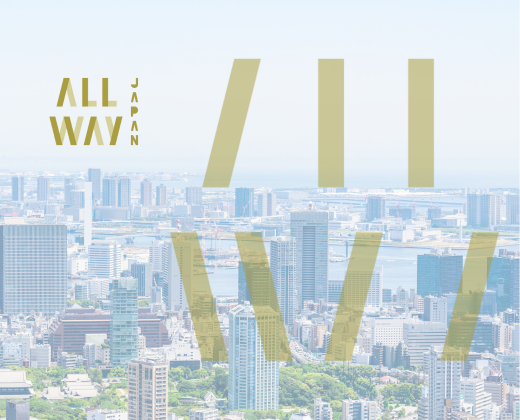
It began in the late Heian period, in the year of Eijō 7 (1052), when Kanshiro Fujiwara Yoridori changed his father's villa to a temple. The Hou-dou (national treasure), which is shaped in the form of the paradise pure land dreamed up by the Heian nobility, is also carved in a ten-yen ball, and its graceful figure is all too famous. At first, it boasted a vast fairy tale, but was mostly destroyed by the war. Only Fenghuang-do remains today. In addition, the Fengshōkan displays the national treasure of the Brahma bell and the phoenix on the roof. Twenty-six bodies, half of them, are also on display at the Yunchu Yoyang Bodhisattva, which plays musical instruments on the cloud that adorned the inner wall of Fenghuang-do.

The religion of horse racing fans is also strong as "horse god" because of the Heian period (important cultural property) and two statues of men and women (Ma-tou Tenno and Benga-ten) in the shrine treasure. On the eve of the Mishin War in the first year of Hongwen (672), Prince Dae Kaijin inserted a willow branch into the head of this company to pray for victory. He is also the god who bestows the best luck of giving him the first name of "Yanagi Daimyojin" after he became the emperor. The main shrine (important cultural property) is Sanmasha Ryōjō. It is also interesting that the architecture of the Muromachi period, with a horse and a willow carved on the toad of the kōkai.
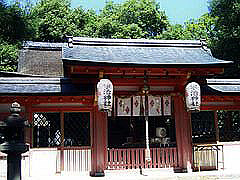
Uji Shrine, which celebrates Udo Wakiroko's life. A shrine dedicated to the Emperor Ojin was built in the precinct as a seisha, which became the Ujigami Shrine during the Meiji period. A nearly life-size sitting statue of Juroko Udo (Important Cultural Property) is feated in the main shrine (Important Cultural Property) of the early Kamakura period.
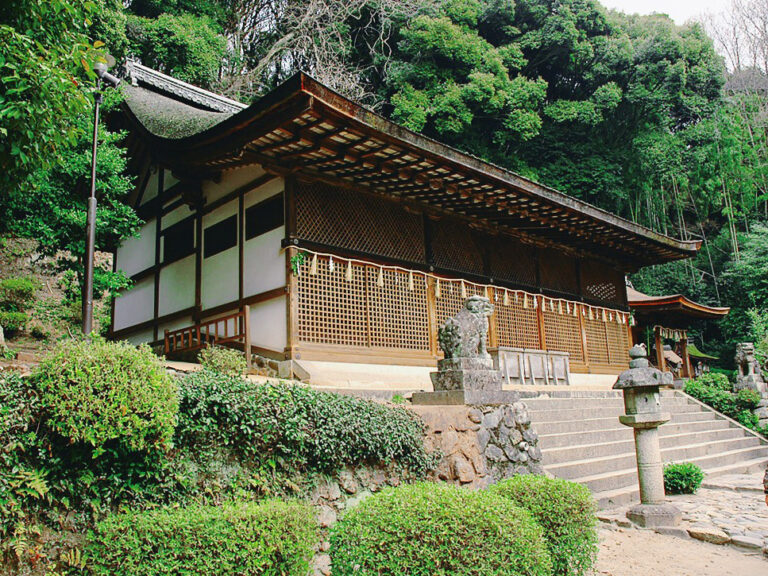
Kojisha in Uji City, located on the east bank of Uji River, at the foot of the mountain at Mt. Although the origins of the Genjian period and others are unknown, the festival gods are the three pillars of Udo Jirōkō [Uji no Wakiiratsuko], Emperor Ojin and Emperor Nintoku. The main shrine, which is said to be the oldest shrine building in Japan in the late Heian period, is a format in which three buildings of the one-time shrine style building, which celebrates each festival god, are placed inside a Gomasha style shroud with a cypress hide roof. It has been designated as a national treasure along with a graceful-looking shrine built in the early Kamakura period. One of the constituent assets of the "Cultural Property of the Ancient Kyoto" World Heritage Site, and with a clean atmosphere, there are established shrines such as the Kasuga Shrine of the National Designated Important Cultural Property, and the "Kirihara Water" of Uji Shichinamizu also springs.
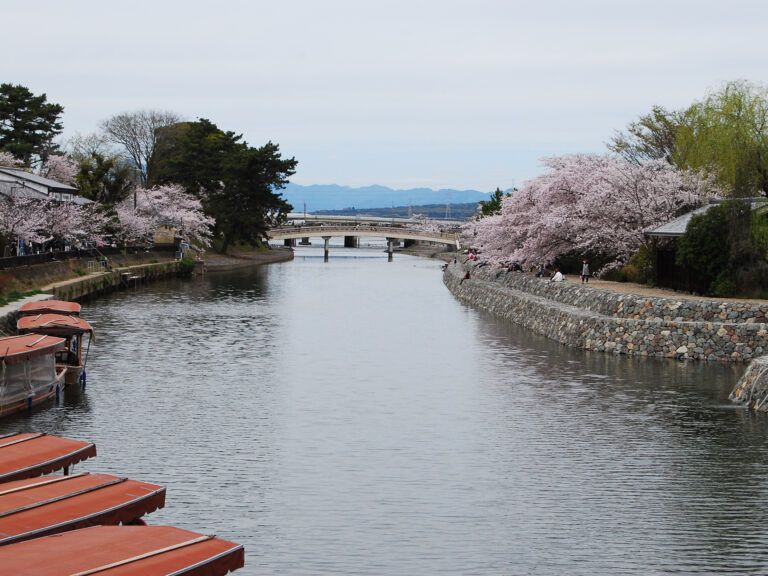
The bank that leads along the left bank of the Uji River in the upper reaches of the Uji Bridge is the Byodo-in embankment, known as one of the cherry blossom spots. Cherry blossoms such as Yoshino are blooming in late March to early April. A walking path named the Ajirogi-no-michi is maintained at the Byodo-in Temple near Byodo-in Temple, which is filled with a large number of flower visitors, especially in the spring. From the Ajirogi Road, you can also see the cherry blossoms of the middle island (Tachibana Island/Tano Island), where the entire island is the Kyoto Prefectural Uji Park.
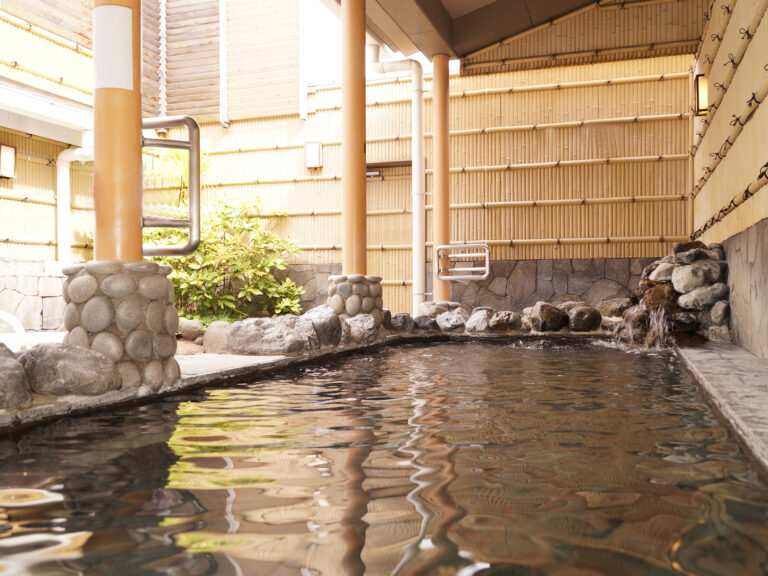
A super bath near Kyoto Minami IC, which has an open-air bath of natural hot springs, daily hot water, and a mist sauna. The adjacent facility also includes a direct sales shop for Kyoto vegetables and a buffet using Kyoto vegetables.
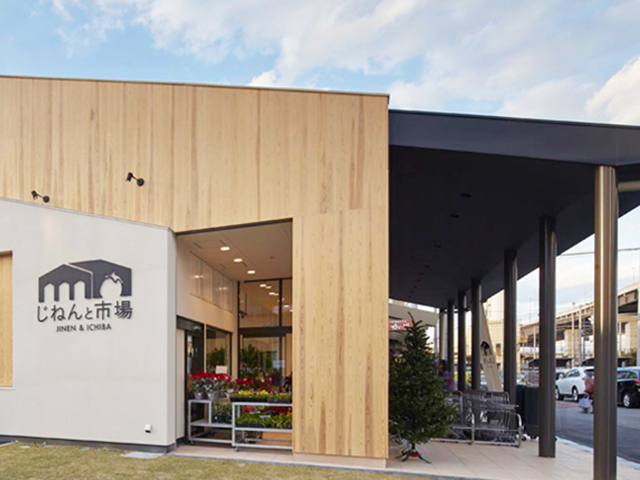
Fresh vegetables and fruits made by local farmers, as well as miso and pickles made by producers, condiments and prepared foods, and sweets are also available. "Jinen and Canteen", a buffet-style dish with fresh local vegetables, is also recommended.
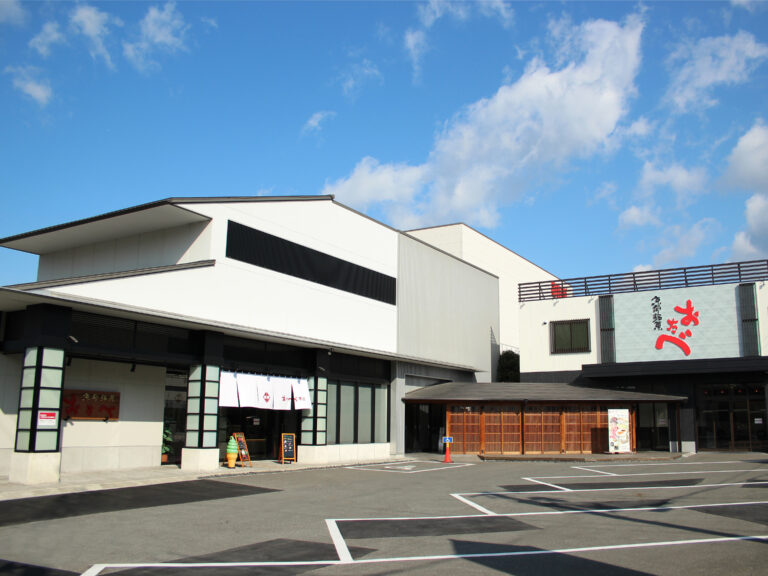
Known as a staple of Kyoto souvenirs, "Otabe" is a Kyoto-branded confectionery in which grain paste is wrapped in raw yatsubashi. "Otabe-Honkan" is a directly operated store attached to the headquarters factory located close to Toji Temple. Not to mention "Tsubuan-filled Raw Yatsubashi Otabe" as the name suggests, it also sells "Hachibashi", which is a solid, old-fashioned, rustic niki scent, and seasonal products, as well as sweets that can only be bought here. In addition to the "Otabekoji", where you can tour the factory without a reservation, there is also the "Otabeji Dojo", where you can make a homemade rice with a reservation required, and it is full of charm that is not just about shopping.
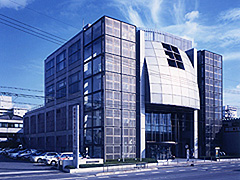
It is an experience facility that can be learned through simulated experiences of various disasters in order to enhance disaster prevention awareness and disaster response capabilities. On the day of visit, the schedule of experience facilities that can be experienced is posted. After confirming, let's meet in front of each experience room/training room before the experience start time (if you use the experience facility with a group of 10 or more people, you can make a reservation in advance). As experience facilities, "Video Experience Room", "Strong Wind Experience Room", "Earthquake Experience Room", "Fire Extinguishing Room" (3rd grade elementary school or higher), "Evacuation Experience Room", "4D Theater The Fear of the approaching underground shopping mall", there is a "sediment disaster experience corner" etc.










